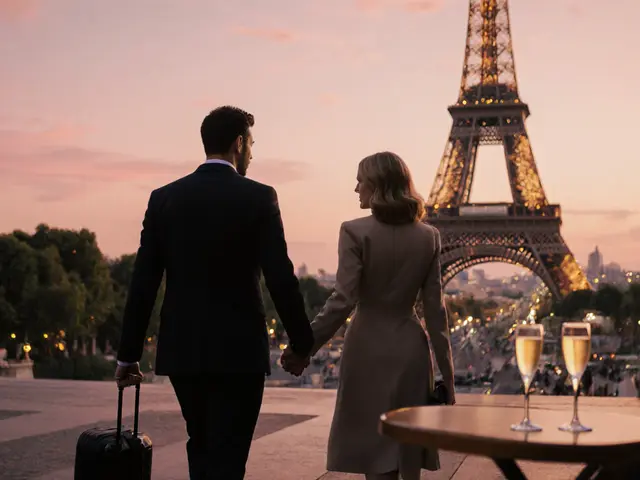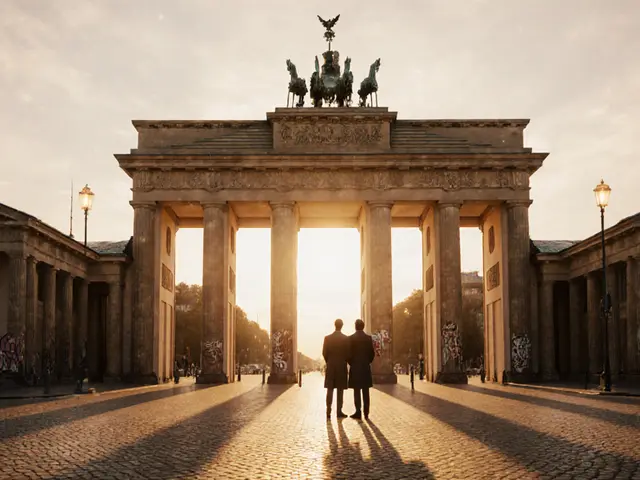History of European Nightlife: From Classic Taverns to Modern Clubs
Ever wonder how the city streets that buzz after dark became the playgrounds they are today? Europe’s night scene didn’t start with flashy neon signs – it began in centuries‑old taverns, hidden speakeasies, and royal courts where people gathered to drink, dance, and gossip. Understanding that past helps you pick the right spot now, whether you’re after a laid‑back bar in Berlin or a high‑end lounge in Paris.
Old World Roots: Taverns, Cabarets, and Secret Parties
Back in the Middle Ages, most towns had a single tavern where locals swapped stories over ale. Those places were the first “nightlife hubs.” Fast forward to the 1800s, and cities like Paris and Vienna sprouted cabarets – think the Moulin Rouge’s early days. These venues mixed music, dance, and a dash of scandal, setting the tone for the rebellious energy we still see in clubs today.
During the Prohibition era in the 1920s, Europe didn’t have a ban on alcohol, but the idea of secret bars caught on. Hidden doors, coded passwords, and intimate rooms gave rise to the speakeasy culture you’ll still find in Paris’s hidden bars. Those secret spots taught us that the thrill of discovery is a big part of why people love nightlife.
Modern Evolution: Tech, Themes, and Professional Companions
From the 1970s disco boom to today’s EDM festivals, technology reshaped how we party. Laser lights, massive sound systems, and social media promotion turned clubs into global attractions. Cities like Berlin became famous for techno, while Ibiza turned into a summer hotspot. The common thread? A constant push for louder music, brighter lights, and more unforgettable experiences.
Alongside clubs, the role of professional companions grew. In places like Dubai, Abu Dhabi, and major European capitals, escorts began offering more than just a date – they act as local guides, cultural translators, and personal assistants. This evolution reflects a wider trend: nightlife now offers a full‑service experience, from the moment you step into a rooftop bar until the sunrise on a beach lounge.
Today's themed nights – retro 80s, salsa evenings, or even “Gatsby” parties – echo the historic desire for novelty. They let clubs recycle old ideas with fresh twists, keeping the scene lively and inclusive. Whether you’re into LGBTQ+ nights in London or jazz evenings in Paris, the past teaches clubs to adapt and serve niche crowds.
So, what does all this history mean for you? It means every venue you walk into carries a story. Knowing that a Berlin club once housed underground artists can add depth to your night. Recognizing that a Paris speakeasy hides behind a laundromat connects you to a tradition of secret gatherings.
Next time you plan a night out, think about the layers of history beneath the music and lights. Choose a place that matches the vibe you crave – whether that’s the raw energy of a historic techno warehouse or the elegance of a high‑end lounge with a knowledgeable companion. Understanding the evolution of European nightlife lets you enjoy the present with a richer perspective.
Ready to explore? Dive into the city’s guide, pick a venue that sparks curiosity, and let the night tell its story. From centuries‑old taverns to today’s cutting‑edge clubs, Europe’s nightlife remains a living history you can experience right now.
As a blogger, I've been fascinated by the evolution of the call girl industry, particularly in Berlin. The history of call girls in this city can be traced back to the 19th century, where they played a significant role in the city's nightlife. Over the years, the industry has undergone numerous changes, from legalization to strict regulations, and even a shift in societal attitudes. Today, call girls in Berlin continue to thrive, adapting to new technologies and societal norms. It's been an eye-opening journey exploring this topic, and I can't wait to dive deeper into the complexities of this ever-evolving industry.
Read more





